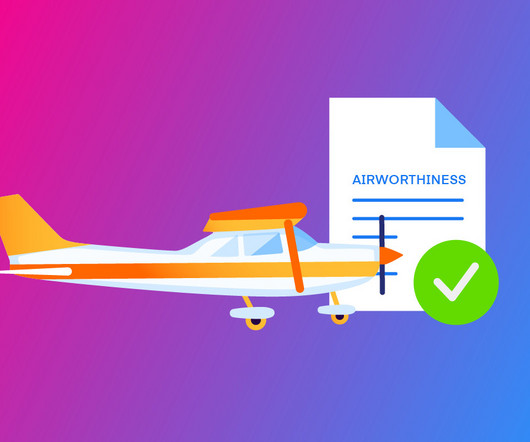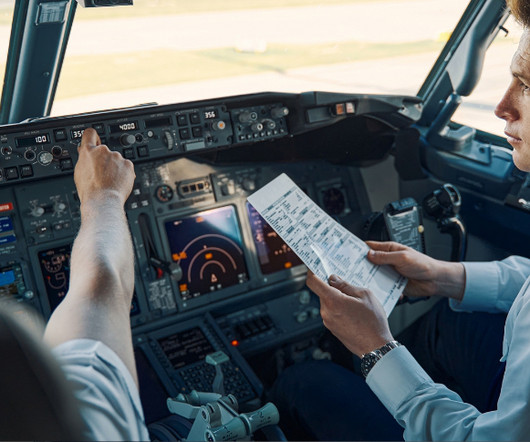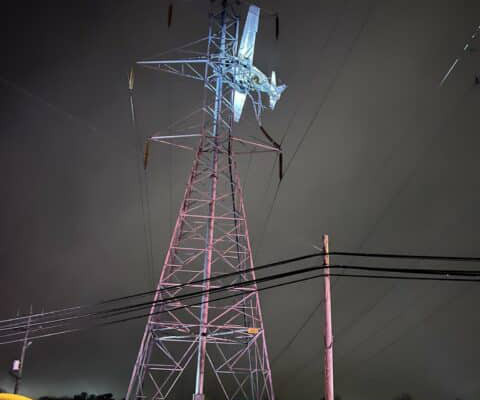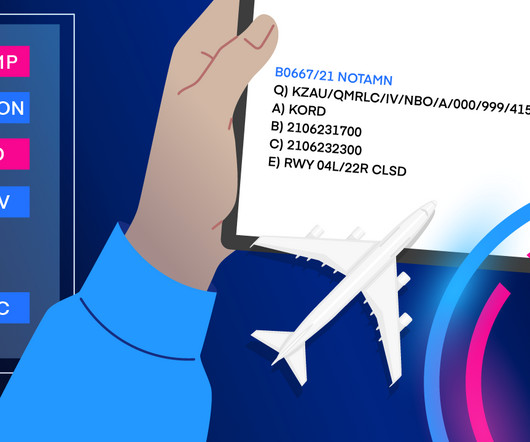Avionics and cockpit automation
Professional Pilot
APRIL 3, 2025
Under visual flight rules (VFR) during daytime, a pilot can operate with only basic gauges: an airspeed indicator, altimeter, compass, fuel gauges for each tank, and oil temperature, pressure, and engine RPM readings. Glass cockpits offered transformative safety and efficiency benefits.












Let's personalize your content